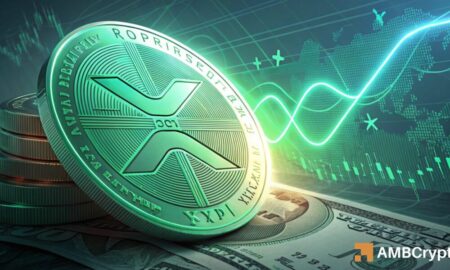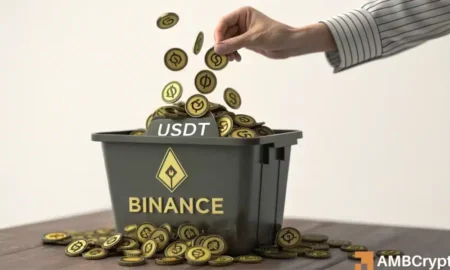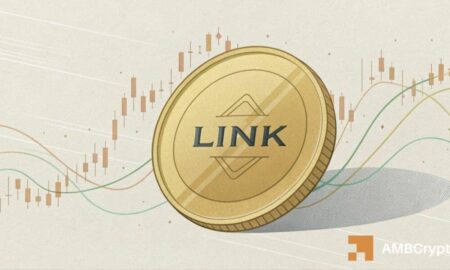Ethereum’s Resilience: Key Insights into Current Market Dynamics
Ethereum, the world’s leading smart contract platform, is experiencing a fascinating phase that has many investors and enthusiasts buzzing. Despite facing a temporary downturn, recent developments showcase the platform’s robust fundamentals. This article delves into Ethereum’s surge in network activity, the decline in gas fees, the current price action, and why holding onto your ETH could be a wise decision.
Unprecedented Network Activity
One of the standout features of Ethereum’s current landscape is its soaring network activity. According to data from CryptoQuant, the Ethereum Ecosystem Daily Activity Index recently peaked at an all-time high of 1.985 million daily active addresses. This metric, which tracks the 30-day Simple Moving Average (SMA-30) for daily active addresses across multiple ERC-20 tokens, highlights the growing engagement on the chain. Unlike short-term speculation, this sustained uptrend indicates a robust foundational interest in Ethereum, attracting users eager to engage with its diverse ecosystem.
Record-Setting Gas Fees
In tandem with the rise in activity, Ethereum’s gas fees have plummeted to historic lows, averaging around 0.16 gwei, amounting to approximately $0.01 per transaction. Even with the network handling over 1.6 million daily transactions, gas prices remain stable and low, as confirmed by data from Etherscan. This significant drop in transaction costs signals notable advancements in Ethereum’s scalability and efficiency. Improvements stemming from rollup compression and enhanced Layer-2 solutions have contributed positively to the network’s overall performance, making transactions more affordable for users and developers alike.
Price Fluctuations Amidst Growth
Despite these bullish indicators, Ethereum’s price has been under pressure. As of the latest reports, ETH has seen a nearly 3% drop in the past 24 hours, trading around $3,796. This decline marks its fourth consecutive day of price reduction, raising concerns among some investors. Broader market sentiments have remained cautious following the recent Federal Reserve rate cut, contributing to Ethereum’s price struggles. However, it is crucial to understand that price action can often diverge from underlying trends and fundamentals, necessitating a more comprehensive view of the situation.
Analyzing Market Divergence
Historically, there are instances where Ethereum’s price and fundamental metrics do not align harmoniously. The current surge in network activity and historically low transaction costs suggest an underlying strength within the ecosystem that may take time to reflect in price action. Typically, such conditions are precursors to subsequent growth phases. The correlation between rising on-chain metrics and falling fees indicates that Ethereum could be gearing up for a significant rebound. This divergence invites seasoned investors to remain patient and refrain from panic-selling.
The Strong Case for HODLing
For long-term investors, the changing landscape presents a compelling argument for maintaining their Ethereum holdings. The resilience of Ethereum lies not merely in its token price but in its thriving ecosystem. Participation rates are on the rise while costs remain low, effectively attracting new users, developers, and liquidity to the network. As institutional interest continues to flourish and decentralized applications gain traction, these trends reinforce the notion that Ethereum’s fundamentals are strong. For those committed to long-term investment strategies, the current market conditions provide an excellent opportunity to HODL.
Conclusion: Navigating Ethereum’s Future
In summary, Ethereum’s surge in daily active addresses coupled with record-low gas fees paints a promising picture for its future. While recent price declines may cause momentary anxiety among investors, the underlying fundamentals suggest that Ethereum is poised for growth. By focusing on the longer-term impacts of network activity and system efficiency, investors equipped with patience and analytical insight are likely to find themselves well-positioned. Thus, as Ethereum continues to evolve, maintaining a HODL strategy could offer optimal advantages for those looking to capitalize on its long-term potential.
















